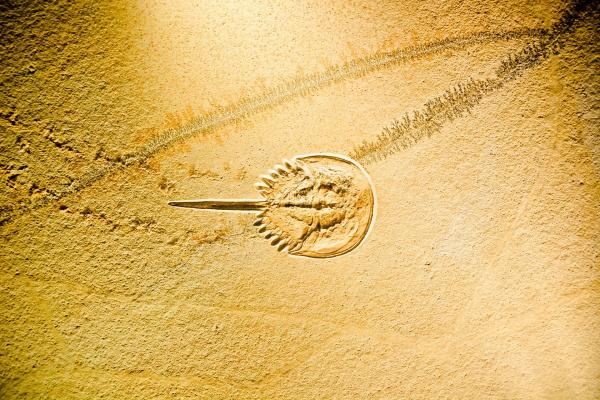Horseshoe crabs, Limulus Polyphemus, have one of the most primitive immune systems, biologically speaking. Amebocytes, named after their locomotive abilities, are an invertebrates’ version of our white blood cells, defending the Horseshoe crab from dangerous pathogens. Unlike our immune defenses, the action of the amebocytes is simply to cause the blood around them to clot, trapping the pathogen. An isolated clot here or there is one thing, but as we have learned from COVID-19, lots and lots of clotting is problematic.
Identifying bacterial invaders is an essential process in manufacturing pharmaceuticals that directly enter our bloodstream. You have to test the product and the containment vessels and pipping for evidence of bacterial contamination. In the search for evidence of microbial contamination, rabbits were injected with the product of concern. A rise in their collective temperature (3 or 5 rabbits were studied at once) signaled the presence of pyrogens, a product of bacteria. These tests were a bit difficult, six temperature measurements per rabbit, once every half hour, and rabbits are not known to keep a thermometer under their tongue, if you get my drift.
But the clotting response of the horseshoe crab offered a faster, easier pathway. When the amebocytes contact endotoxin, another bacterial product, it forms a gel. One can use more and more dilute solutions of the substance of concern to get a general idea of how much endotoxin is present. Of course, getting horseshoe crabs in to give blood donations is a whole different project.
You can read more about harvesting their blood here, but they are stuck with a big needle, and 30% of their blood is drained. There is no evidence that they receive juice and cookies afterward, as we might, but the survivors [1] are taken some distance from their original homes and harvest sites and relocated. As you might expect, given that all injectables must be tested for the presence of endotoxin, making the demand high, and the only source are horseshoe crabs, making their supply limited and their blood is very valuable. Wired put the value at $15,000 a quart.
Arthropoda to the Rescue
Insects, a distant relative of the horseshoe crab, belonging to the same phylum, have been genetically modified to produce factor C, a protease. It is the factor that interacts with the endotoxin and gets the clotting cascade rolling. The use of recombinant factor C (rFC) has been a viable substitute for bleeding horseshoe crabs for several years.
It was initially marketed in 2003 (again, the Atlantic has a great article on its development), but its commercial use was hampered by concerns that with only one manufacturer, a supply disruption would bring large pharmaceutical manufacture to a halt (shades of 2021-2022). Subsequently, it was manufactured by a European company and approved as an accepted bacterial-toxin test in 2016 in the EU. EU approval stiffened the backbone of FDA regulators that approved its use in 2018 in testing the manufacture of a migraine medication (Emgality) by Eli Lilly.
The increasing use of rFC is coming at an auspicious time, as the “three species of horseshoe crab found in Asia … are in serious decline due to overfishing, habitat loss, and their use as a regional food.” More importantly, the switch to rFC is in keeping with the ethical three Rs of animal research.
Replacement, Reduction, and Refinement
It both replaces and reduces the use of horseshoe crabs, although I suppose we might argue about the potential suffering of those insects now modified to produce lots and lots of rFC.
[1] Survivor reports are unclear; both articles report a 10-30% loss. Suffice to say; being is a chancy choice for the horseshoe crabs.
Inspirational source for this article: Horseshoe crabs are drained for their blue blood. That practice will soon be over.




